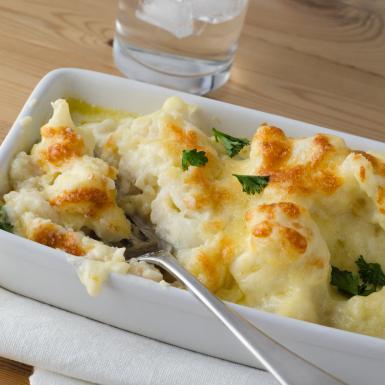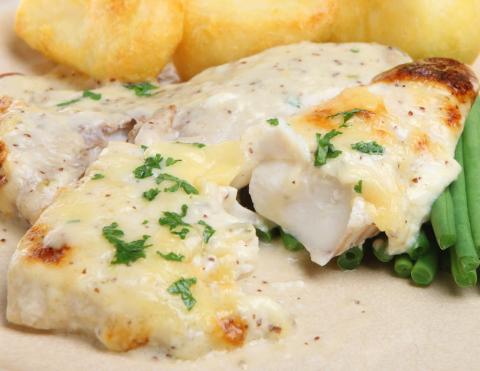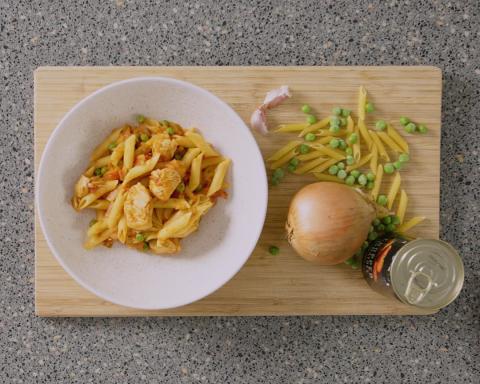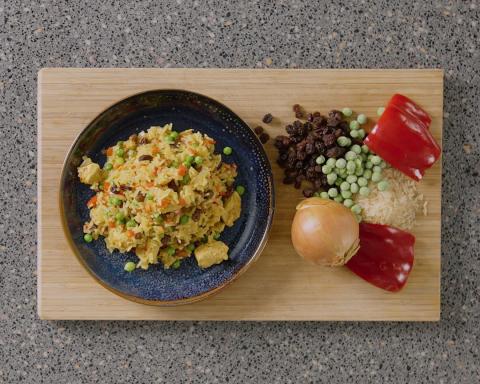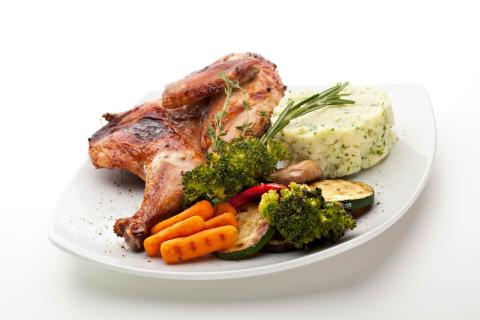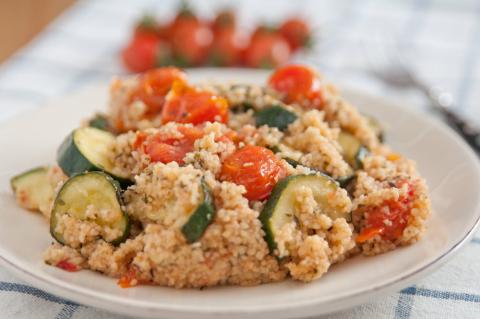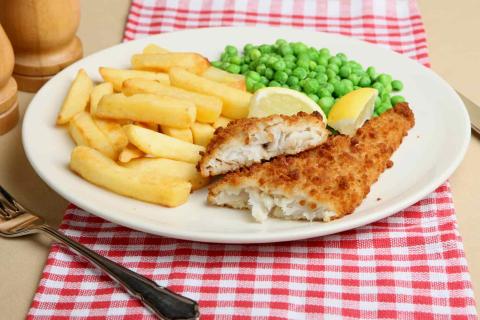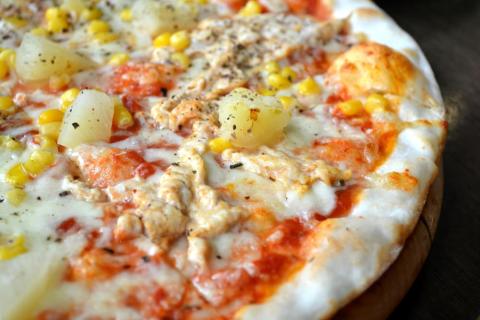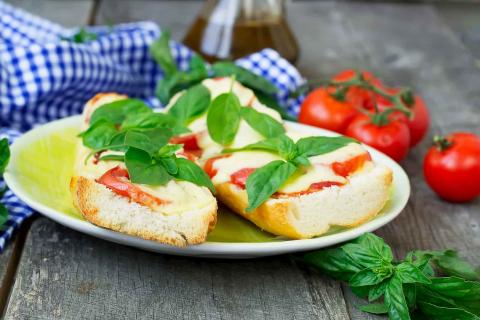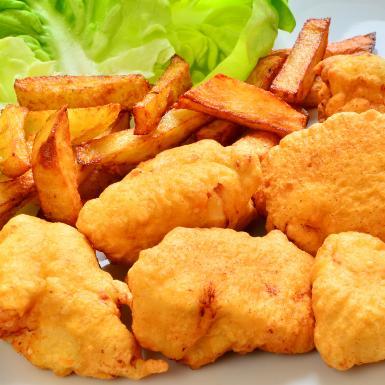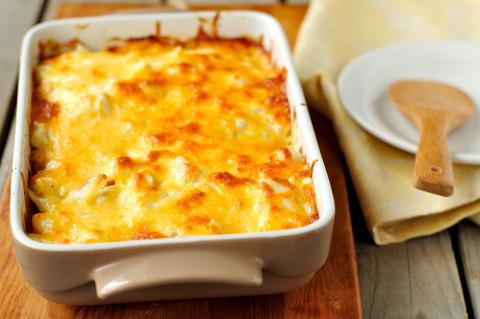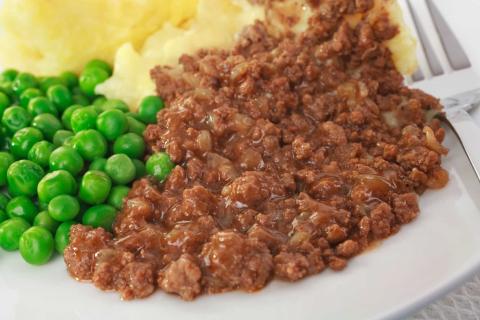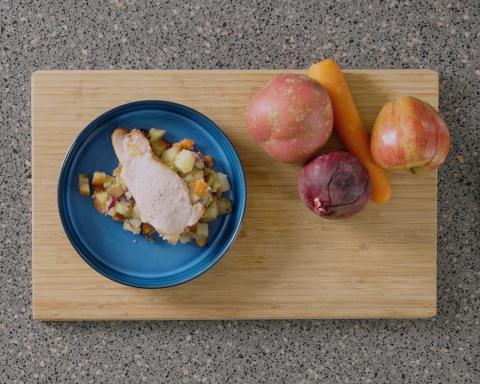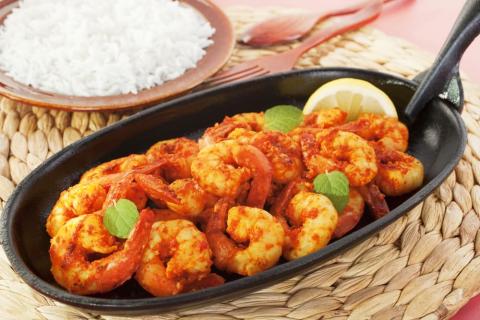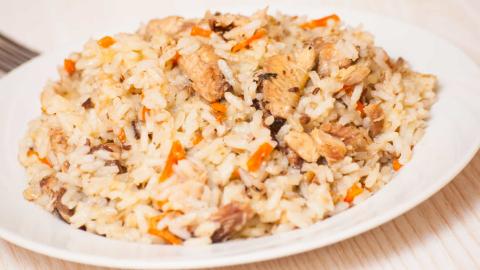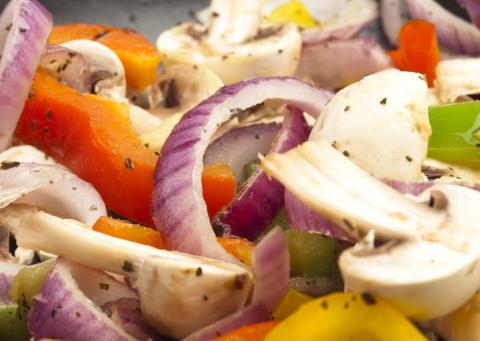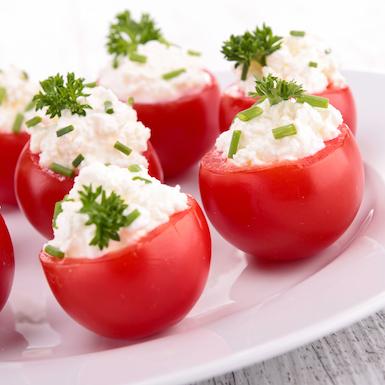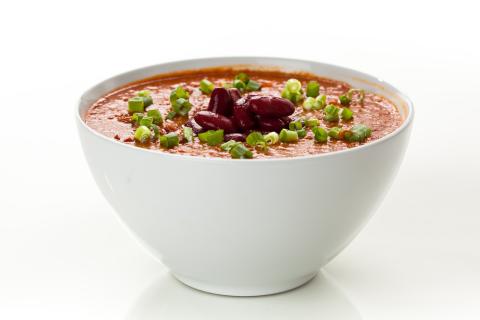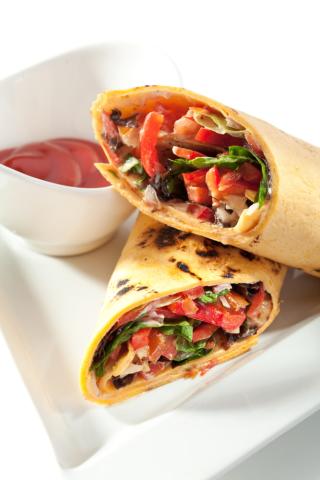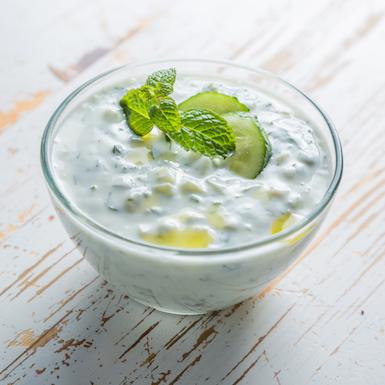- 3 In Brine (Drained) Tins (300g) Mackerel
- 3 Medium Sized Or 300g Of Cold Mashed Potato (340g) Potatoes
- 1 Tablespoons (15g) Reduced Calorie Mayonnaise
- 4 (40g) Spring Onions
- 1 3 Medium Slices of Wholemeal Bread Cup (85g) Breadcrumbs
- 1 Egg
- 2 Tablespoons (40g) Plain Flour
- 2 Long Grain Cups (150g) Easy Cook Rice
- 1 Frozen Cup (160g) Peas
- 1 Frozen Cup (160g) Sweetcorn
Ingredients
Allergy Disclaimer
Always check the label of each ingredient for allergy warnings.
Method
- Separate mackerel into flakes and mix in bowl with mashed potato and mayonnaise.
- Peel and chop the spring onions into small pieces and add to mixture.
- Crack egg into a bowl and beat with a fork.
- Add the flour to a separate bowl.
- Divide the mixture into 8 and shape into a ball then flatten.
- Lightly toast/ grill bread, cut off the crusts and cut each slice open to allow the inside to be toasted/ grilled. Once cooled rub between fingers to make the bread crumbs.
- Coat each fish cake in flour, then egg and roll in breadcrumbs.
- Grill on each side for 5 minutes until golden brown and hot throughout.
- Cook the rice and vegetables as per instructions on the packet and serve together with the fish cakes.
Time Saver Tips
Can prepare fish cakes in advance. They can be stored in the fridge before cooking for 1 day or frozen. Buy ready made breadcrumbs.
Cost Saver Tips
Make in bulk and freeze.
Tips for Kids
Involve children in shaping and coating the fish cakes.
Nutritional Information
Based on a single serving of 370g (% of an adult's reference intake)
Energy
562 kcals ( 28 %)
2,360 kJ ( 28 %)
Fat
3.3 g ( 17 %)
Saturates
85.1 g ( %)
Sugar
3.7 g ( 4 %)
Salt
1.1 g ( 18 %)
Detailed nutritional information
| Per 100g | Per 370g serving | |
|---|---|---|
| Energy Kcals | 152 | 562 |
| Energy Kj | 638 | 2,360 |
| Protein | 6.6 g | 27.7 g |
| Total Fat | g | g |
| Saturated Fat | 0.9 g | 3.3 g |
| Carbohydrates | 23 g | 85.1 g |
| Total Sugars | 1 g | 3.7 g |
| NSP Fibre | 1.4 g | 5.2 g |
| Sodium | 104 mg | 385 mg |
| Salt | 0.3 g | 1.1 g |
Find out about nutritional labelling
Nutrition labels on the front of packaging
- Most of the big supermarkets and many food manufacturers display nutritional information on the front of pre-packed food.
- Front of pack nutrition labels provide information on the number of grams of fat, saturated fat, sugars and salt and the amount of energy (in kJ and kcal) in a serving or portion of a recipe.
- The labels also include information about reference intakes (expressed as a percentage) which are guidelines about the approximate amount of particular nutrients and energy required for a healthy diet.
- The colour coding tells you at a glance if the food has high (red), medium (amber) or low (green) amounts of fat, saturated fat, sugars and salt.
- The more greens on the label, the healthier the choice
- Amber means neither high nor low, so you can eat foods with all or mostly ambers on the label most of the time.
- Reds on the label means the food is high in that nutrient and these are the foods we should cut down on. Try to eat these foods less often and in small amounts.
Food shopping tips
If you’re trying to decide which product to choose, check to see if there's a nutrition label on the front of the pack. This will help you to quickly assess how your choices stack up. You will often find a mixture of red, amber and green colour coding for the nutrients. So when you're choosing between similar products, try to go for more greens and ambers and fewer reds if you want to make a healthier choice.
 Activities & Play
Activities & Play Behaviour
Behaviour Childcare
Childcare Development & Growing Up
Development & Growing Up Family, Friends & Relationships
Family, Friends & Relationships Feeding Your Baby
Feeding Your Baby Food & Eating
Food & Eating Health & Safety
Health & Safety Mental Health & Wellbeing
Mental Health & Wellbeing Money & Work
Money & Work Online Behaviour & Safety
Online Behaviour & Safety Pregnancy & First Days
Pregnancy & First Days School & Education
School & Education Sleep
Sleep













